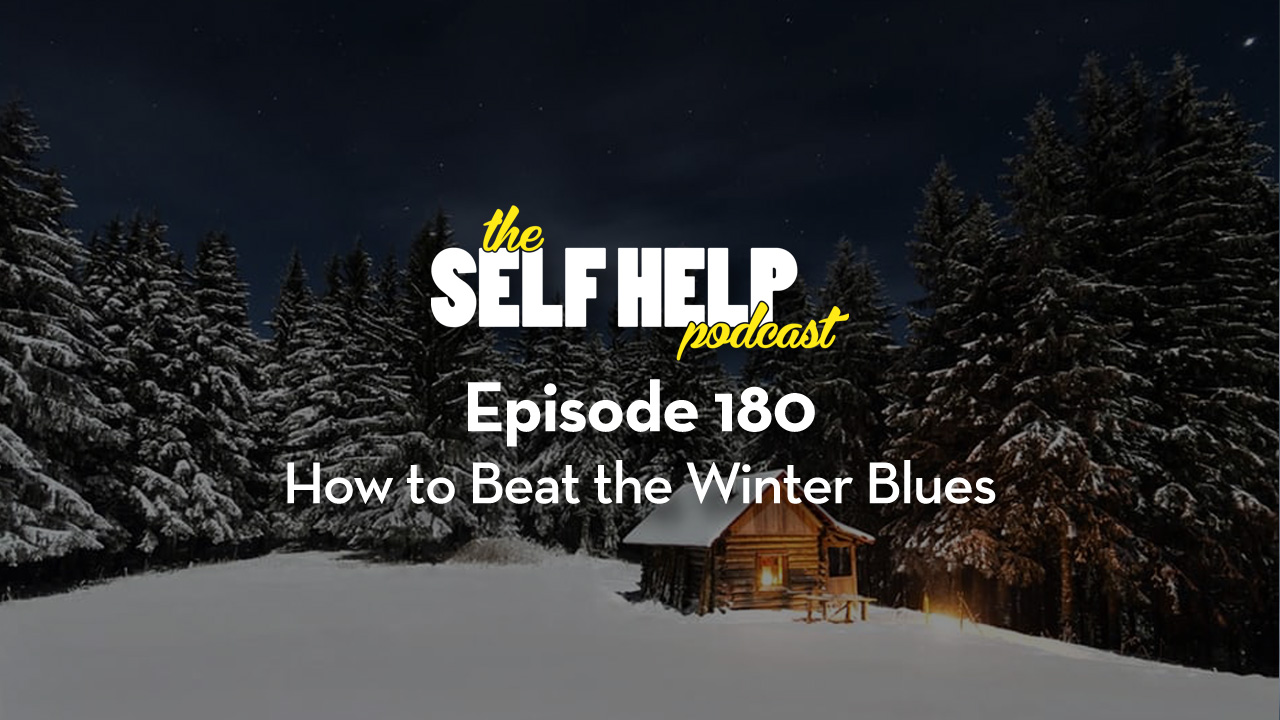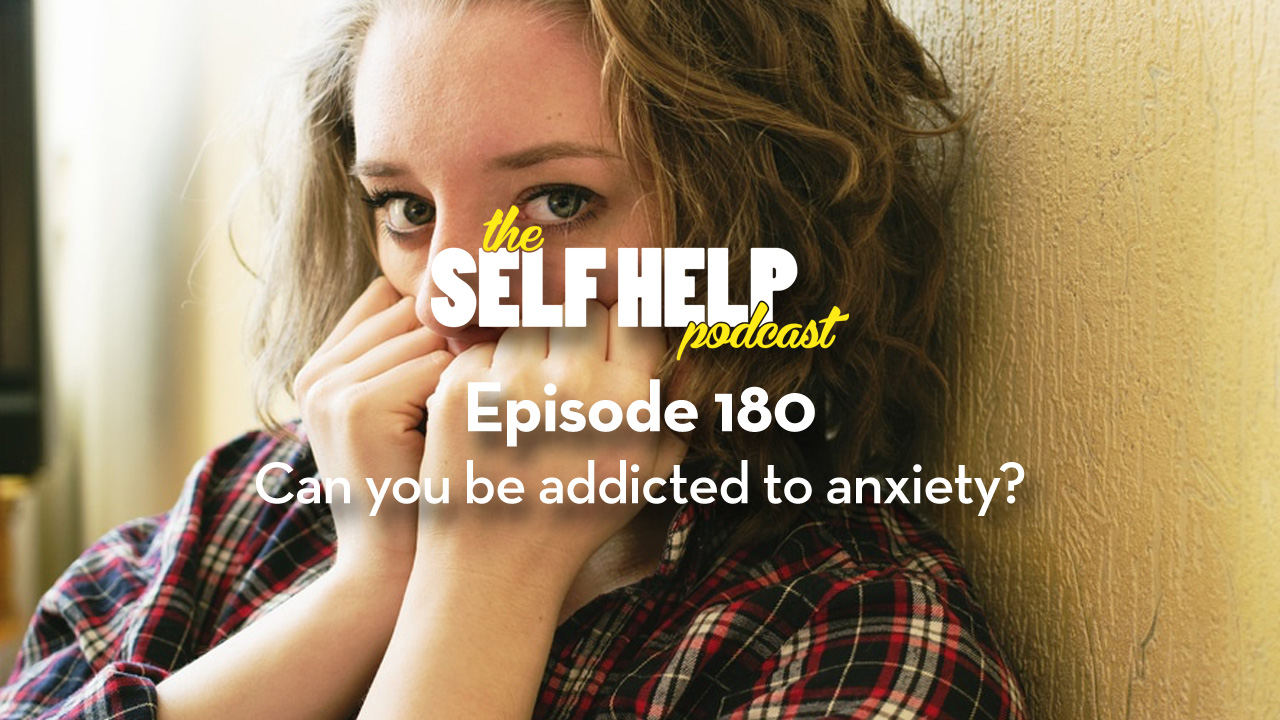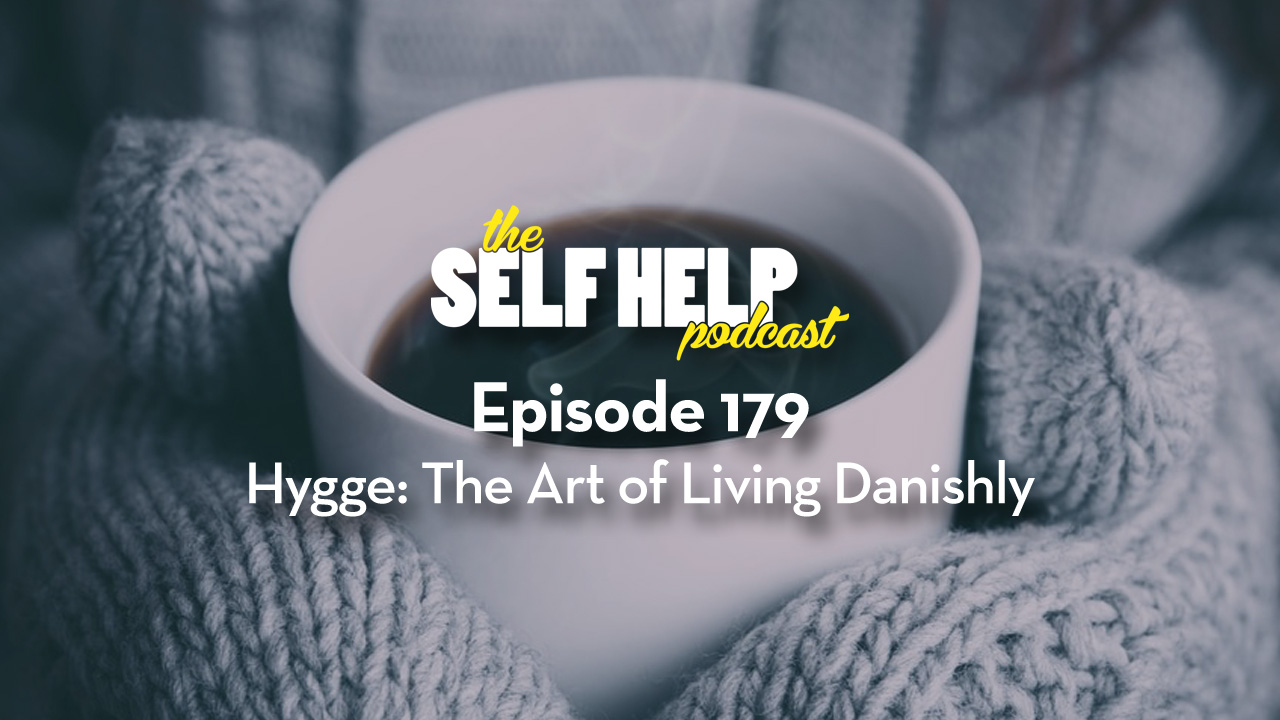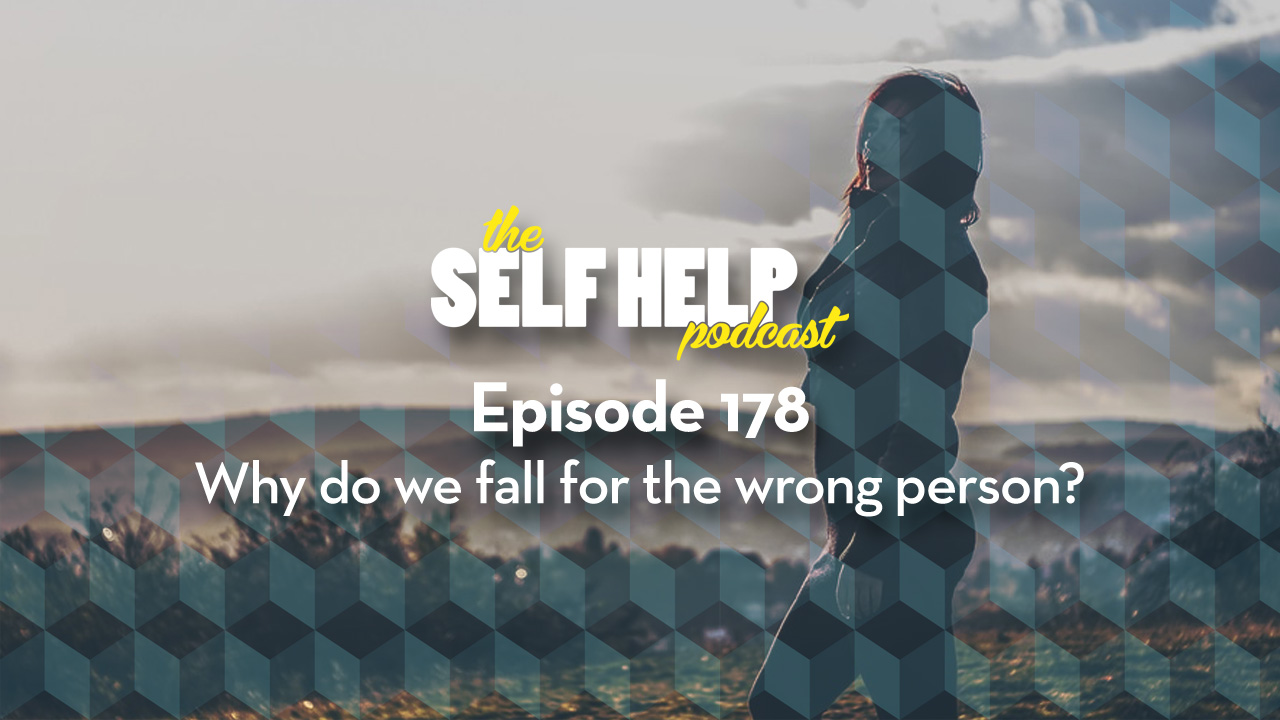My good friend Andrew very kindly gave me a very enlightening book simply called’ Hygge: A Celebration of Simple Pleasures. Living the Danish Way.’ This sent me on a search to discover more about Hygge (pronounced “Heurgha” or “Hooga”). I found an action for happiness talk on documentray.com, a site well worth visiting, where I found Helen Russel talking about Hygge.
Hygge is a concept that goes beyond Denmark and also embraces the Scandinavian countries of Sweden and Norway. Hygge is associated most with Denmark because the Danes repeatedly come out statistically as being the happiest people on the planet.
In her book ‘The.Year of Living Danishly Helen Russel describes Hygge as:
“the complete absence of anything annoying or emotionally overwhelming; taking pleasure from the presence of gentle soothing things”
When Rie saw Andrews gift she said, “Oh I was just about to buy that, it describes the way that we live”. I was getting the feeling that the universe was trying to tell me something. In my meditations I felt a good deal of gratitude for our lives and how lucky we are but also felt that sense of how we all have a choice to create our own lives and realised the to live Hygge does not require wealth it is all an attitude of mind.
So, what is Hygge?
Hygge is a noun and a verb. We can do Hygge, we can get Hygge, we can be Hygge, “hey, let’s get Hygge”, “shall we Hygge”, “I am going to Hygge”, “oh that’s really Hygge”, “the Orfords are such a Hygge family!”
However you use the word being or doing Hygge is a state of mind, emotion and action that, in the end, is very close to mindfulness.
1: Live in safety
A society that is safe allows for Hygge. We trust our neighbours and feel free to be out at night alone. We can leave our child sleeping in their pram outside the front door in the sun and fresh air without fear. We need not worry if the house door or the car is left unlocked or the windows open. We know that those around us will look out for us.
In the 1980s I moved to a small holding in the Welsh mountains. Down in the village everyone left their front doors unlocked so that Bobby the baker could put the bread in their bread bin, Daf the fish would put their mackerel in the fridge and Jones the milk could put the gold top alongside the fish and the neighbours could come in and help themselves to a cup of sugar if they ran out. They were living Hygge.
2: Society
Family is big in Hygge family is Hygge. The warm social sensual experience of groups and friends socialising and simple parties and gatherings are Hygge. It might be a group of mums meeting for a coffee after dropping the kids at school. It might be the gathering of a group of line dancers, or even the camaraderie of the gym.
We say that the family that eats together stays together. In Danish homes the dining table will seat eight before it is extended. The importance of eating and socialising is the foundation of society, it is the foundation of Hygge. A warm cup of coffee or mulled wine, a log fire and candles are hygge. More candles are sold per capita in Denmark than any other country.
In years gone by families gathered to celebrate christenings, engagements, weddings, birthdays and funerals and every other excuse to gather and celebrate that they are all family. This is Hygge. Our house is the gathering place for our extended family for birthdays, Christmas, New year, Easter, Mother’s day and we cook. Rie is right we do live Hygge.
3: Exercise it is good to move
In Denmark a walk or a bike ride is good. But, if you are going to do it why not invite friends, experiencing it as a group. We know that exercise is good for us. There is a drive to hit the ten thousand steps a day to keep fit and moderate weight. We also know that when you move your body your brain secretes endorphins that are the happy hormones. Movement and movement in harmony is Hygge.
There is a difference between the Hygge of movement and the extreme of exercise. Just as sitting too long can kill us, the body was never designed to stay still all day, over exercise can kill us as well. The man who forces himself to do a daily two hour gym work out everyday may well suffer a heart attack in his fifties. The nearest we can get to natural human living are the Amazonian Indians who rarely sit and never run, unless they need to catch something or escape something, in preference they jog. Jogging is Hygge, running is not.
I have been part of a group at one of the factories that I cover where we have collectively been walking the distance between the unit in Britain and the unit in Argentina to raise money for the charity SANDS. This has involved walking 15,000 steps a day. Sadly I am behind in my leg of the journey. But, Rie and I do try to maintain the 10,000 steps a day which has added the dimension of time together and we can talk. Now, that is Hygge.
4: Living in aesthetic harmony
The Danish are renown for their taste and design. Often this design is minimalist or when complicated it is with purpose. A chair is a raised platform that is there to support your bottom. It can either be elaborate or simple, it can be fashionable or ergonomic. Hygge is when the simplicity of design meets the ergonomic comfort or purpose. A chair in its simplicity is a statement of Hygge.
Danes do “cosy” like no other nation. Your average home will look like something out of an ideal home supplement: lots of natural materials like wood and leather, lamps artfully positioned to create soothing pools of light.
Helen Russell
Recently we stayed in a cottage in the hinterland of Wales. The cottage was off line as in no landline, no mobile signal, no television, water from a spring, heating from an oil tank, there was electricity. The main cottage was a renovated, in the original style, farm workers cottage. The extension was a concrete shell with acres of glass. One whole wall of glass opened completely to allow the inside out and the outside in. On the deck was a wooden barrel hot tub that allowed us to to drink champagne and stare at the stars. The cottage was Wales the extension was Hygge. the experience, in its simplicity, was Hygge.
The design of Hygge leaves you with a calm sense that may challenge you but will lead you, if you allow it, to a harmonious place.
5: Lessen the choice reduce the decisions, reduce the stress
We live in complex societies that require us to make decisions all the time. Choice is both liberating and disabling. If the choice is do you want brown bread or white bread the decision is simple. If we walk into the supermarket and are faced with fifty different loaves of bread the decision can become overwhelming. Hygge shops are simplistic. They offer the basic ingredients or good wholesome food, decisions are minimal and the time better served in creating Hygge.
We have a local farm that organically produces what it sells. When you go there what is on offer is what is in season at that time. The supermarket will offer you strawberries everyday of the year even if those that they sell in the winter taste of stale cider. Living with nature and in harmony of nature is Hygge.
Do you need a new car every three years? Interestingly Danish car engines are expected to last at least 500’000 miles. My engineering friends tell me that some American cars are engineered to last around 80’000. A good piece of equipment that lasts is Hygge. I have a jumper made for Guernsey wool that was designed for fishermen. I have owned it for over twenty years and looks the same as when I bought it. What’s more it feels good and is very warm. It is Hygge.
6: Have confidence in who and what you are
In Denmark you will see the national flag flying everywhere. This not in fascistic or xenophobic way it is Hygge. The concept of being proud to be Danish is part of the glue that holds the people together it is Hygge. That does not mean that other people are not welcome, in Hygge they are.
To be proud and confident about who and what we are is de-stressing. To worry about if we are good enough, good looking enough, clever enough, rich enough leads to continual comparison. Comparison of self to others and the subsequent striving to be good enough or to be the best is a heavy weight to carry.
One of the things that I love about Scandinavian countries is their equality of nudity. People are not hung up about whether their bodies are good enough, they are are just bodies so let’s be proud of what we have. To be naked on the beach, in the garden is no big deal. Because of this relaxed attitude to the body psycho-sexual issues are minimised and, in general, levels of sexual satisfaction are higher than in other countries.
I am struck by the difference between this open proud way of being and societies that demand that people, especially women, cover up to almost their entire body. In Hygge we can be free, open and proud of who and what we are in all walks of life.
One my favourite gripes, that comes up again and again on the podcast, is the issues of competition. Sport and competition as opposed to play requires winners and losers. This is a situation where the winners proud esteem is gained at the losers lack of esteem. In Hygge there are no losers or winners. Pride and esteem comes from taking part and enjoying.
7: Give your family value
This is a strange one for me because in truth I do not give my natal family value. I did not have a good childhood and left happily at the age of fifteen to get away from it, there was no Hygge. Yet my real family that is Rie the kids and the extended family have all the value that I could want or give, it is filled with Hygge.
In the Mitch Albom’s book ‘The Five People That You Meet in Heaven’ he describes strangers as ‘family that you have yet to get to know’. I really like that concept. In my life I have found so many people who have and are family. The magic that they all have is Hygge.
I work with many people who are supporting older family members who are ill but who abused them when they were children. When I ask the why?, they tell me that well “they are my Dad” or ‘Blood is thicker than water”. For me, leaving home when I did, blood was not thicker than water. I have decided to change that phrase to ‘ Hygge is thicker than water’. When your family has Hygge it doesn’t need to be given values because the value is already there.
8: Equal respect for equal work
A couple in Denmark are treated equally. They have 52 week maternity/paternity leave as statute to be shared between them. There is standard wage that is common to most and in that sense no one is poor. What this really means is that an hour of my time is worth an hour of your time. A man’s time is not worth more than a woman’s time. Because of this it is just as easy for a man to stay at home with the kids to be the house parent. This is Hygge.
When I an working in the National health service the domestic staff are often seen as having less status than the surgeon or the executives. Yet without the vital work that is carried out by the domestic staff the system would be racked with germs and disease. In reality you cannot have one without the other yet a consultant will earn ten times, or more, the pay of a domestic.
I am sure that professional in Denmark do earn more but there is a value that is given to all which leads to a richer and more equal society driven by Hygge.
9: Time to play
The working week in Denmark is shorter than in the rest of Europe. The working day finishes about 4pm and lunchtime on Friday. Shops close at lunchtime on Saturday and are closed all day Sunday, despite the lack of organised religion. Between Christmas and New Year everything closes and in the month of July businesses go on holiday for the entire month. This is Hygge.
In Hygge family, friends, society, play and enjoyment come before the issues of work. It is probably this that is the key to the high levels of happiness reported in Denmark.
When we are children the act of playing is natural. All you need to do it to put a bunch of kids in a room and they will begin to play. When we become adults we need to arrange play time in the squash court, or to go for a bike ride. What we lose with age is spontaneity. Hygge is the spontaneous ability to play and have fun.
10: The ability to share
Denmark has one of the highest levels of taxation per capita at 50% and then some. However, there is an understanding that to pay tax allows for a free health care system, free child support and free education through to completing university. When someone becomes unemployed they can claim 80% of the salary as social support for up to two years. In Hygge there is the collective understanding that to receive you also need to give. On that basis people seem to be happy to pay their taxes because they know what they will get back when the need it.
This goes along with my philosophy that if we all look after each then we are all ok. The key to this philosophy is that we all need to share and not hoard. The key to this philosophy is Hygge.
It seems to me that Hygge and Mindfulness are closely related. The most interesting thing is that the Scandinavian countries have come to this conclusion without resorting to religious interpretations. One thing that may play into modern day Hygge is that Viking societies were flat, there was no hierarchical status such as the divine right of kings that over took the rest of europe. Leaders in the Viking world were either elected or gained their position by their deeds. In the Viking world all were equal.
You would have guessed from the length of this that Hygge resonates with me and my beliefs and way of life.
“A more hygge-focused culture could contribute not just to happier individuals and families but also to more caring communities and a happier society as a whole.”
I will now shut up.
Take care, be happy and be Hygge
Sean x

 Winter is supposed to be a special time, particularly in the build up to Christmas, but the reality of cold, long nights, financial pressure and potential loneliness can present real challenges. So how can we thrive in the winter months?
Winter is supposed to be a special time, particularly in the build up to Christmas, but the reality of cold, long nights, financial pressure and potential loneliness can present real challenges. So how can we thrive in the winter months?




